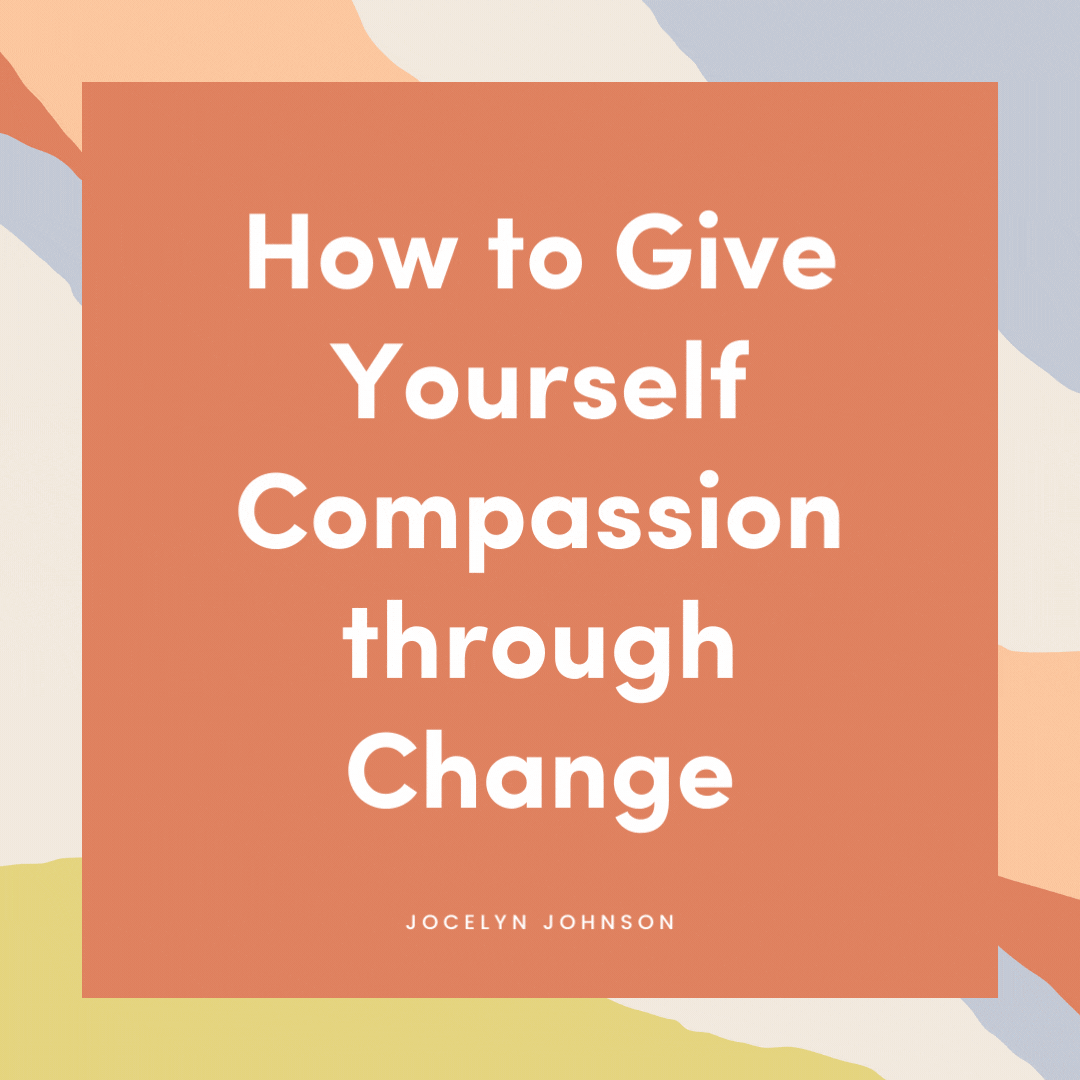
How to Give Yourself Compassion When You’re Triggered
Share
Do you shame yourself for reacting based on old patterns? Here’s how to change that.

Shame is easy.
And it’s easy to lose sight of how far you’ve come.
But guess what —
Two steps forward and one step back is still P R O G R E S S!
So when you’re interrupting your old patterns, this equation can get your brain back into an empowered, empathetic state.

It’s important to acknowledge where you were and why before re-committing to where you’re headed.
Here I’ll break down the steps and will use the example from my life recently. So first, a little background — I’m a new mom, as of January 2022, which comes with a set of new insights and areas of self-exploration as my little one lights up awareness of my old programming. A few weeks into motherhood, I had planned to make brownies with my bonus kiddo, who is 10, but when the baby decided to skip her nap and crash our party, it added a layer of stress as she cried while I tried to honor my commitment to our 10-year-old. My emotions bubbled up, I felt overwhelmed in the stress and, after passing the baby to my partner, went to the bathroom to cry it out. I sobbed…and sobbed…and sobbed.

As I was coming out of my sob hole, a very clear thought came up — “Clean yourself up before you go out there, or they will know you’re upset and it will cause another problem.” This thought hit me like a truck — not because I was encouraging myself to emotionally bypass and avoid intimacy and vulnerability (a toxic behavior in itself) but because this was an old pattern I thought I had healed. I started to go to shame about this backward movement. But I was able to shift that using the equation for self-compassion and you’ll get a little more insight into the origin of this belief — “When I share my emotions, it causes a problem.”
Step 1: Acknowledge the behavior.
Noticing is a huge step that we often bypass and certainly don’t often credit as a win. When your Inner Observer can see the behavior, as an outside objective person could, you’re on your way to reprogramming it. And stating it this way, just as you would note the “sky is blue” removes any labeling from the experience and allows the behavior to be just that — something that’s happened.
For me that looked like: “Wow. I wanted to bypass my emotions as a way to prevent conflict…
Step 2: State an explanation for why and give yourself compassionate understanding
Compassionate understanding is really saying to empathize with yourself, or in this case, your former self and former selves. And part of that process is understanding why you’d behave or feel a certain way. With this action, you’re validating your experience and bearing witness to your wound. Often we look outside ourselves for this kind of validation but when we can give it to ourself, it starts to be given to us effortlessly in turn.
For me that looked like: “And I can understand why, because any time I showed emotion when I was wounded by my primary caregiver it caused a bigger blowout between my parents. I learned that showing emotion was unsafe.”
Step 3: Recommit to your new goal behavior

The brain is primitive in the sense that it organizes primarily to prevent harm and doesn’t distinguish nuance. This automatic system is also sophisticated in that it moves quickly, as it had to over the centuries, to keep us safe. What’s magical is that with mindfulness we can actually override that automatic operating system. By telling our brain what to program we “fire and wire”, as neuroscience calls it, new neural pathways (operating protocol). So the third step is to tell your brain what you’re actually committed to moving forward.
For me that looked like: “Today, I’m no longer hiding my emotions and avoiding communication. It’s ok to be emotional and it’s ok if my family sees me upset. I am committed to being vulnerable, open and honest. And, I am strong enough to handle the conversation that needs to happen on this issue.”
Those are the steps for self-compassion through change as you re-wire your behaviors and beliefs. And the beauty of this equation is that it doesn’t have to be done in real-time as your trigger is unfolding. You could apply this process to any event in your past that is wrapped in shame.
If you’re looking for extra support as you move through this process, you can book a call with me to Explore Possibilities.
Change is constant but never has to be painful again. I coach my clients to take charge of change. They become…www.jocelynjohnson.coach
